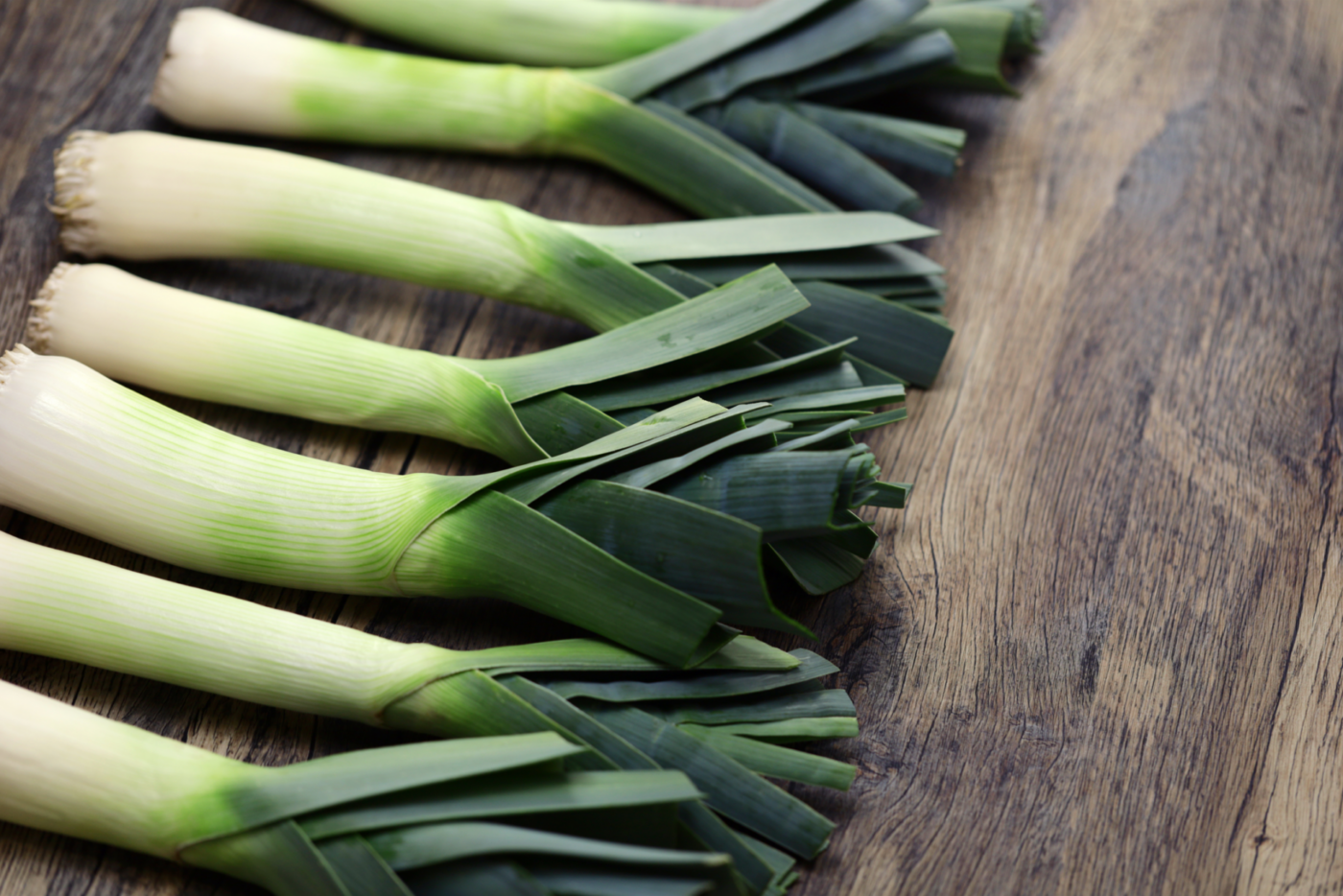Read More: Culinary History of Leek
Ancient Origins: From Egypt to Rome
The leek’s story begins in the ancient world, with its origins traced to Central Asia, likely in the region encompassing present-day Iran, Afghanistan, and Turkmenistan. Archaeological evidence and ancient texts suggest that leeks were cultivated in Egypt as early as the 2nd millennium BC. They were a common food for the working class, including the laborers who built the pyramids, and were also depicted in tomb paintings and mentioned in religious texts.
The leek held symbolic significance for the ancient Egyptians, representing the universe due to its layered structure. It was also believed to have medicinal properties, used to treat a variety of ailments.
From Egypt, the leek spread to the ancient Greeks and Romans. The Greeks valued leeks for their flavor and purported health benefits. The Roman Emperor Nero, known for his extravagant tastes, was famously fond of leeks, believing they improved his singing voice. He reportedly consumed them in large quantities, earning him the nickname “Porrophagus” (leek-eater). Roman cooks incorporated leeks into a variety of dishes, and the vegetable was carried throughout the Roman Empire, establishing it as a staple in many parts of Europe.
Medieval Staple and Symbol of Wales
During the Middle Ages, the leek remained a crucial food source, particularly for the peasantry. It was relatively easy to grow, stored well, and provided essential nutrients during the lean winter months. Leeks were often featured in pottages and stews, providing a welcome source of flavor to otherwise simple meals.
It was during this period that the leek became strongly associated with Wales. The most widely accepted legend attributes this connection to Saint David, the patron saint of Wales. According to the story, during a battle against the Saxons in the 6th or 7th century, Saint David advised the Welsh soldiers to wear leeks on their helmets to distinguish themselves from their enemies. The Welsh victory cemented the leek’s status as a national emblem.
Another, less dramatic, theory is one found in Historia Brittonum, in which the Welsh word for leeks (cenhinen) was confused for the word for ribbons (cennin).
Regardless of its precise origin, the leek remains a potent symbol of Welsh identity, worn on Saint David’s Day (March 1st) and featured prominently in Welsh cuisine.
Renaissance Refinement and Culinary Evolution
The Renaissance witnessed a renewed interest in classical knowledge, including culinary arts. Cookbooks began to appear, featuring more sophisticated recipes and a greater emphasis on specific ingredients. Leeks, while still a common vegetable, began to be incorporated into more refined dishes. They were used in sauces, stuffings, and as a flavorful accompaniment to meats and fish.
The French, in particular, developed a fondness for leeks, incorporating them into classic dishes like potage parmentier (potato and leek soup) and vichyssoise (a chilled version of the same soup). The leek’s mild, slightly sweet flavor made it a versatile ingredient, capable of both complementing and enhancing other flavors.
The Leek in the Modern Kitchen
Over the centuries, the leek’s culinary role has continued to evolve. While it remains a staple in many traditional European cuisines, it has also found its way into dishes from around the world. Its subtle onion flavor and tender texture make it a welcome addition to a wide range of preparations:
- Soups and Stews: Leeks add depth and sweetness to soups, stews, and broths. They are a classic ingredient in potato leek soup, but also shine in chicken soup, vegetable stews, and seafood chowders.
- Braised Dishes: Braised leeks, cooked slowly in liquid until meltingly tender, are a delicious side dish or accompaniment to meats and poultry.
- Sautéed or Stir-fried: Sautéed or stir-fried leeks add a delicate onion flavor to vegetable dishes, stir-fries, and pasta sauces.
- Quiches and Tarts: Leeks are a popular ingredient in quiches, tarts, and savory pastries, adding a savory sweetness and creamy texture.
- Grilled or Roasted: Grilled or roasted leeks develop a slightly caramelized flavor and a tender, almost buttery texture.
- Raw: While less common, thinly sliced raw leeks can add a mild oniony bite to salads and other raw preparations.
Cultivation and Varieties
Leeks are a cool-season crop, typically planted in the spring or fall. They require well-drained soil and plenty of moisture. Unlike onions, leeks do not form a distinct bulb; instead, they develop a long, white, cylindrical stalk, which is the edible portion.
There are several varieties of leeks, differing in size, color, and maturity time:
- Early Season Leeks: These varieties mature quickly and are typically harvested in the summer or early fall. They tend to have a milder flavor.
- Mid-Season Leeks: These varieties have a longer growing season and are harvested in the fall.
- Late Season (Overwintering) Leeks: These hardy varieties are planted in the late summer or fall and can withstand cold temperatures, providing a harvest throughout the winter and early spring. They often have a stronger flavor.
The Future of the Leek
The leek’s future in the culinary world seems assured. Its versatility, mild flavor, and nutritional value make it a valuable ingredient for both home cooks and professional chefs. As interest in seasonal eating and local produce continues to grow, the leek, with its long growing season and adaptability to various climates, is likely to remain a prominent vegetable on our plates. Its journey from ancient staple to culinary darling is a testament to the enduring appeal of simple, wholesome ingredients and the power of food to connect us to history and culture. The leek, the gentle giant of the allium family, continues to quietly enrich our culinary landscape.


Share
Click on the icons below to share "Title of the item to share"